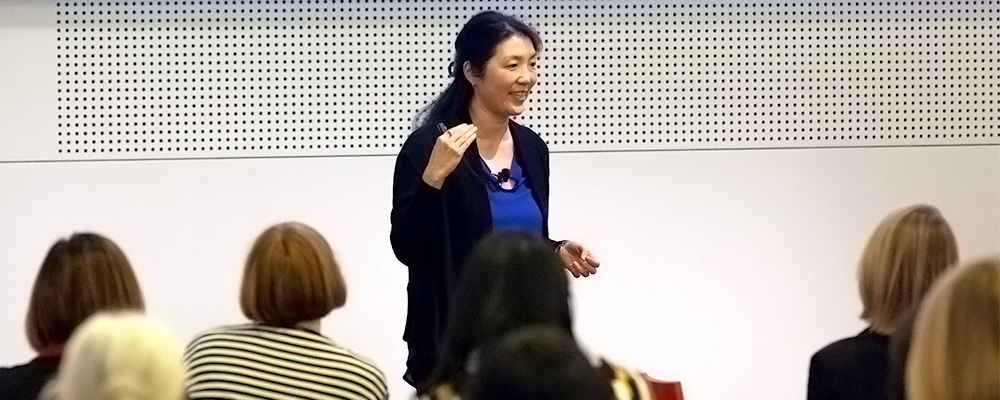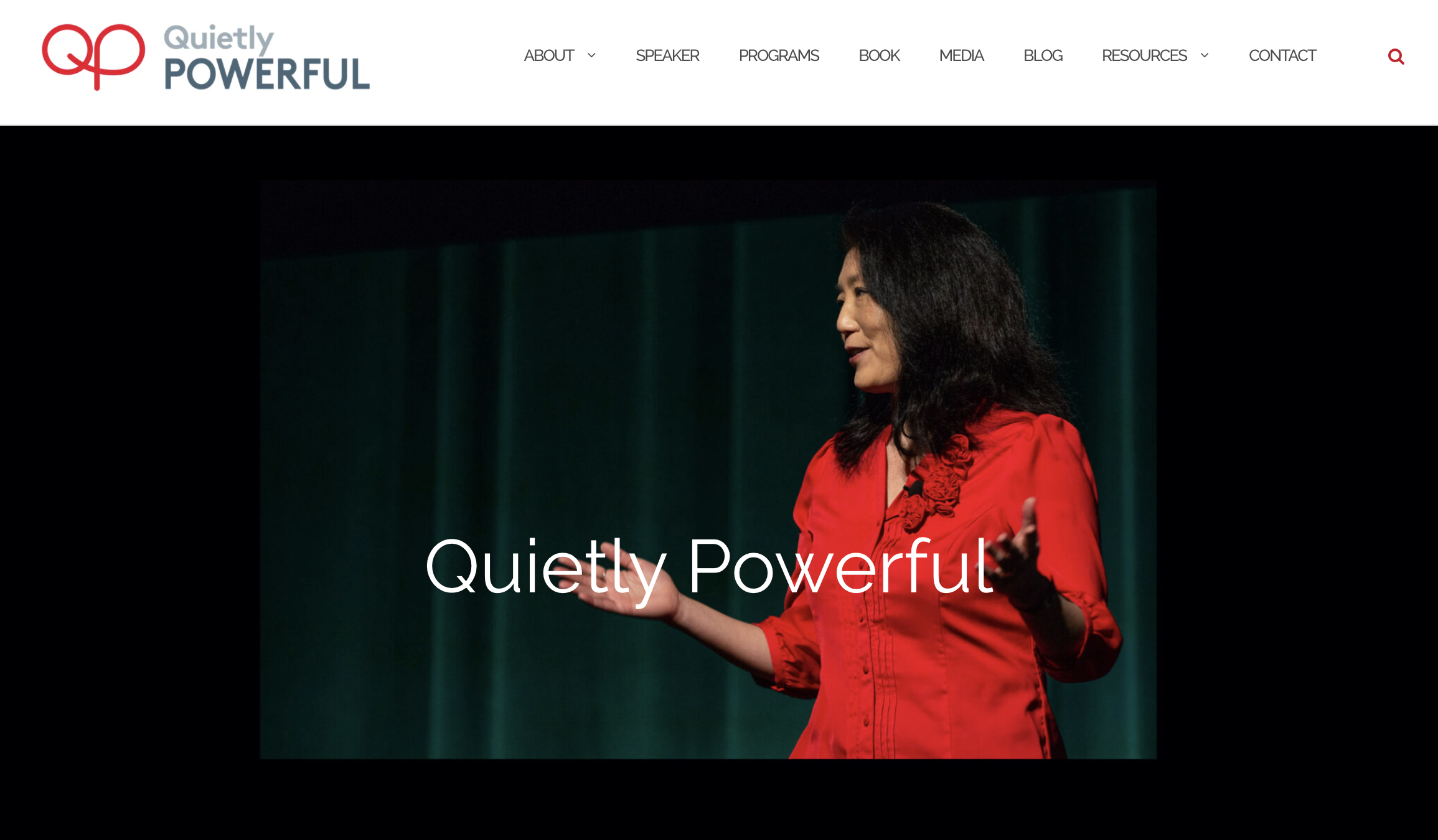My Blog
The business cost of disregarding the minority
- Details
- Posted: 18 May 2016
Remember the time when you first started in a new organisation? You were proud to be selected, excited to meet new people, eager to learn, make an impression and make a difference. You brought your unique talents, professional and personal experiences and willingness to contribute.
You learn and observe a lot over the first few honeymoon days and weeks. You start to see opportunities for you to make your mark, to suggest something to improve and add value.
You pick your time to offer your ideas to people. You think they are great ideas that will make things better for everyone.
You then get the response:
“Oh that wouldn’t work around here. We don’t do things like that.”
“That’s been tried before and it didn’t work.”
“You’ll see why it doesn’t work when you’ve been here long enough.”
You might get a slightly nicer response: “That’s a good idea xx, but it won’t work here.”
Or silent but clearly negative responses: Rolling of the eye, shaking of the head, a smirk/smile amongst themselves.
You basically get the “thumbs down”. It hurts, it’s frustrating and it’s disengaging. You feel like you can’t bring your best self to work. At this point some of us give up and decide to just fit in, others of us try a few more times then give up.
If you have had this kind of experience, you know what it’s like to be in the minority. It can be very difficult. It takes courage to challenge when the mainstream are against you. Only the brave, committed and skilful will keep trying and find a way to get through.
If you are in a minority – whether gender, age, ethnicity, personality, style, experience, knowledge, sexual orientation, physical or mental abilities etc. – as well as have a minority view, research shows that it’s even more difficult to be heard (multiple studies referenced in Originals by Adam Grant).
If this is what happens in your team or organisation on a regular basis, what are the chances of any innovation or evolution in the way you work?
The following are ways to reverse the tendency to disregard the minority and protect the status quo.
- Build mental flexibility in the mainstream: The first ‘no’ response, biases and risk aversion prevent us from opening up to possibilities. While it’s not to say every idea or person that’s new and different is good, if the first response is a thumbs down, we don’t even give it a chance. See 7 steps to extract value from people who disagree with you
- Develop skills to constructively challenge in the minority: How we challenge and offer new thinking affects whether the mainstream can hear and be open to it. Speaking up as a minority requires great courage, maturity and skill. They need to build credibility, speak with humility and put themselves in the shoes of the mainstream.
- Grow an inclusive culture that allows healthy conflict: In organisations where challenge and healthy conflict is seen as a path to innovation, it is easier for the minority to be heard. See Unlocking business advantage from diversity and inclusion – the missing ingredients and Can ‘harmony’ be damaging your team and organisation?
There are many examples of unfamiliar ideas (and people) being initially rejected, only to be found later to be great successes. Seinfeld, Star Wars, E.T., Pulp Fiction are examples in entertainment. How lucky were we to have had someone brave enough to give these shows a go?
How many ideas and people get the thumbs down where they may have been successes? Those in the minority or have minority views could hold the key to the next business opportunity and reinvention of the organisation. Looking at it this way, harnessing the minority talents and ideas is a business issue and it is everyone’s business.
In July 2016 I am chairing the Inaugural Asian Australian Leadership Summit in Sydney, Australia. I’m sure being heard as a minority will be topics for discussion. Please register at a discount HERE or share with your colleagues.
Related articles:
Unconscious bias is a business issue, not just a diversity issue
The problem with obsessing about cultural ‘fit’
Power dynamics beyond hierarchy and positional power
White paper Rethinking Diversity for Competitive Advantage.


